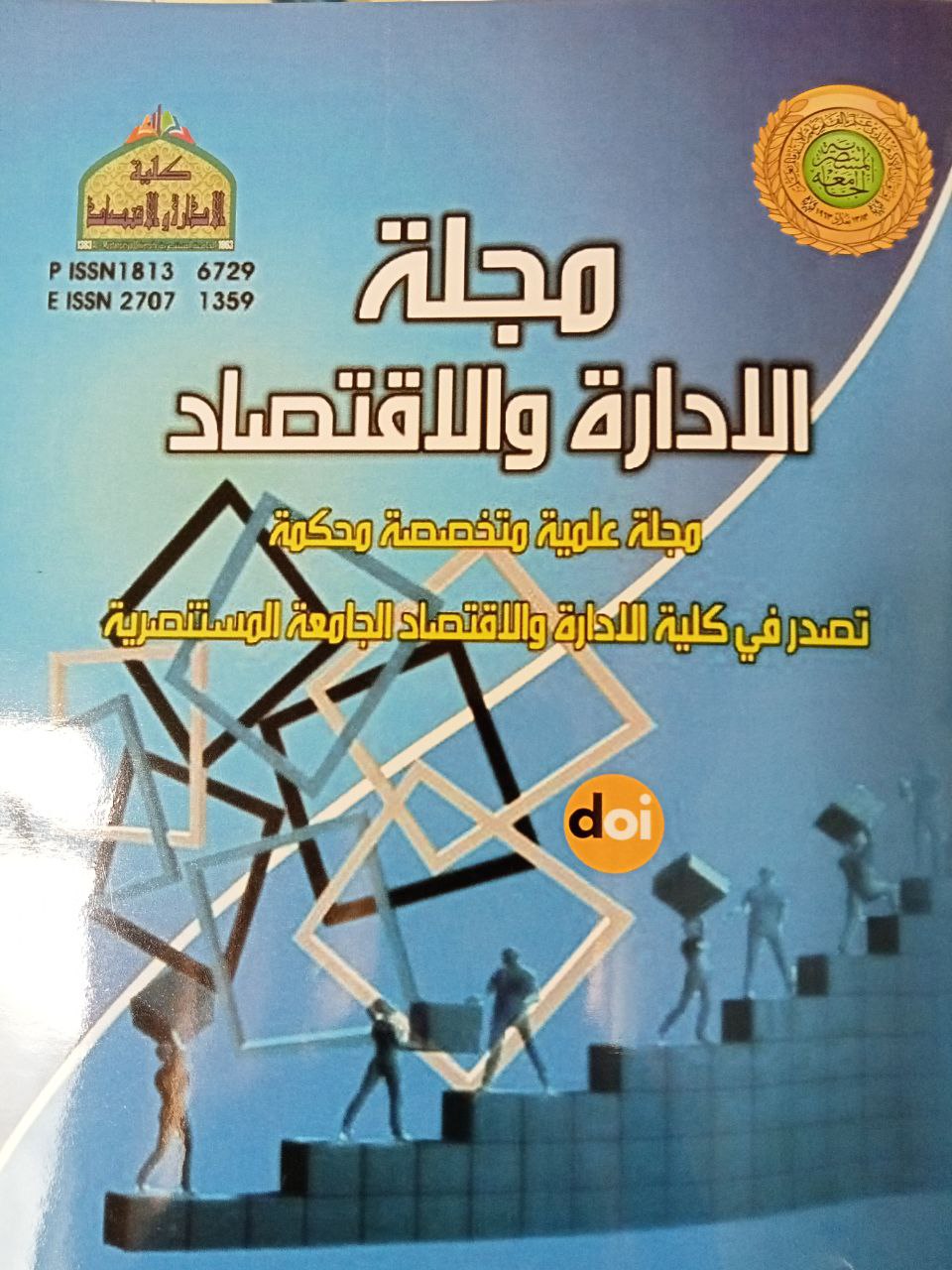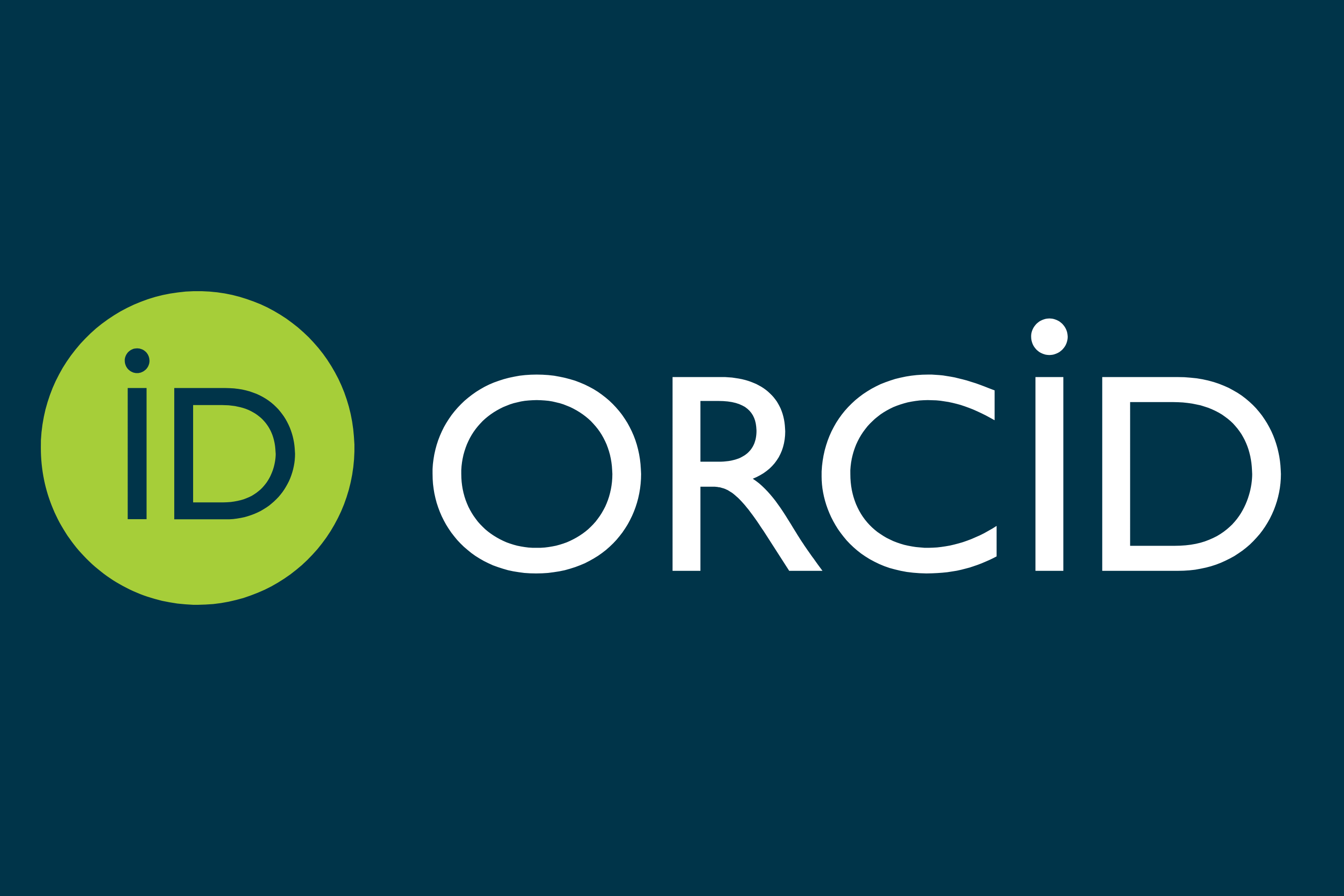The labor market and the nature of investment in university education in Iraq after 2003
DOI:
https://doi.org/10.31272/jae.i127.99Keywords:
labor market, investment in university educationAbstract
Human investment is one of the best and most important investments as it is one of the resources that can develop over time in comparison with depleted material resources. Building society and the renaissance of nations.
And Iraq is one of the countries that is characterized by an increase in the size of the population of working age and production in exchange for a decline in the size of dependent age groups (children and the elderly), and this population increase in the young group required the government to exploit and invest it in a way that contributes to raising the productivity of the Iraqi economy, and the best investment is investment. Educational.
Education, at its various levels, is a tool for human development and qualification of manpower to enter the labor market in a way that contributes to improving their living conditions and living conditions on the one hand and supporting development on the other hand, especially university education as it represents the top of the educational pyramid.
Downloads
References
1- اللجنة الوطنية للسياسات السكانية, التقرير الوطني الاول حول السكان في اطار توصيات مؤتمر القاهرة للسكان والاهداف الانمائية الالفية بدعم من صندوق الامم المتحدة للسكان- مكتب العراق, 2011.
2- اللجنة الوطنية للسياسات السكانية, حالة سكان العراق 2012, صندوق الامم المتحدة للسكان- مكتب العراق, بغداد, حزيران- يونيو,2012.
3- جمهورية العراق, وزارة التخطيط والتعاون الانمائي, الجهاز المركزي للإحصاء وتكنولوجيا المعلومات, مسح خارطة الفقر ووفيات الامهات, 2013.
4- جمهورية العراق, وزارة التخطيط, خطة التنمية الوطنية(2013- 2017).
5- جمهورية العراق, وزارة التخطيط, الجهاز المركزي للإحصاء وتكنولوجيا المعلومات, مديرية احصاءات السكان والقوى العاملة, المجموعة الاحصائية عام 2017.
6- صندوق النقد العربي, التقرير الاقتصادي العربي الموحد, اعداد مختلفة لسنوات متعدد.
7- جمهورية العراق, وزارة التخطيط, خطة التنمية الوطنية(2018-2022).
8- جمهورية العراق, وزارة التخطيط, دائرة التنمية البشرية, قسم سياسات التشغيل والقوى العاملة.
9- جمهورية العراق, وزارة التخطيط, الجهاز المركزي للإحصاء, مسوح التشغيل والبطالة لسنوات مختلفة.
10- جمهورية العراق, وزارة التعليم العالي والبحث العلمي, دائرة الدراسات والتخطيط والمتابعة, قسم الاحصاء والمعلوماتية, تقارير احصائية لسنوات متعدد.
11- البنك الدولي , الاحصائيات, سنوات متنوعة.
12- جمهورية العراق, وزارة التخطيط والتعاون الانمائي, الجهاز المركزي للإحصاء وتكنولوجيا المعلومات, سنوات متعددة.
13- جمهورية العراق, وزارة التخطيط, التقرير الوطني للتنمية البشرية في العراق, شباب العراق تحديات... وفرص, 2014.
14- جمهورية العراق, وزارة التخطيط والتعاون الانمائي, الجهاز المركزي للإحصاء وتكنولوجيا المعلومات, مديرية الاحصاء الاجتماعي والتربوي, مجموعة تقارير سنوية لسنوات مختلفة.
15- باربرا ويتمر, الانماط الثقافية للعنف, ترجمة: ممدوح يوسف عمران, ط1, سلسلة عالم المع رفة, العدد(337), المجلس الوطني للثقافة والفنون والآداب, الكويت, 2007.
16- سامي سلطي عرفج, الجامعة والبحث العلمي, دار الفكر للنشر, الاردن, 2001.
17- فليح حسن خلف, اقتصاديات التعليم وتخطيطه, المكتبة المركزية, جامعة تشرين, 2007.
18- مدحت القريشي, اقتصاديات العمل, دار وائل للنشر, ط1, 2007.
19- CIA World Fact book . This page was last updated on December 7 .2019
20- Serena,B.,labor market – concepts, functions, features, patterns , varsity strategic managerial , nr.4(34),2016.

Downloads
Published
Issue
Section
Categories
License
Copyright (c) 2021 Journal of Administration and Economics

This work is licensed under a Creative Commons Attribution 4.0 International License.
The journal of Administration & Economics is an open- access journal that all contents are free of charge. Articles of this journal are licensed under the terms of the Creative Commons Attribution International Public License CC-BY 4.0 (https://creativecommons.org/licenses/by/4.0/legalcode) that licensees are unrestrictly allowedto search, download, share, distribute, print, or link to the full text of the articles, crawl them for indexing and reproduce any medium of the articles provided that they give the author(s) proper credits (citation). The journal allows the author(s) to retain the copyright of their published article.
Creative Commons-Attribution (BY)









